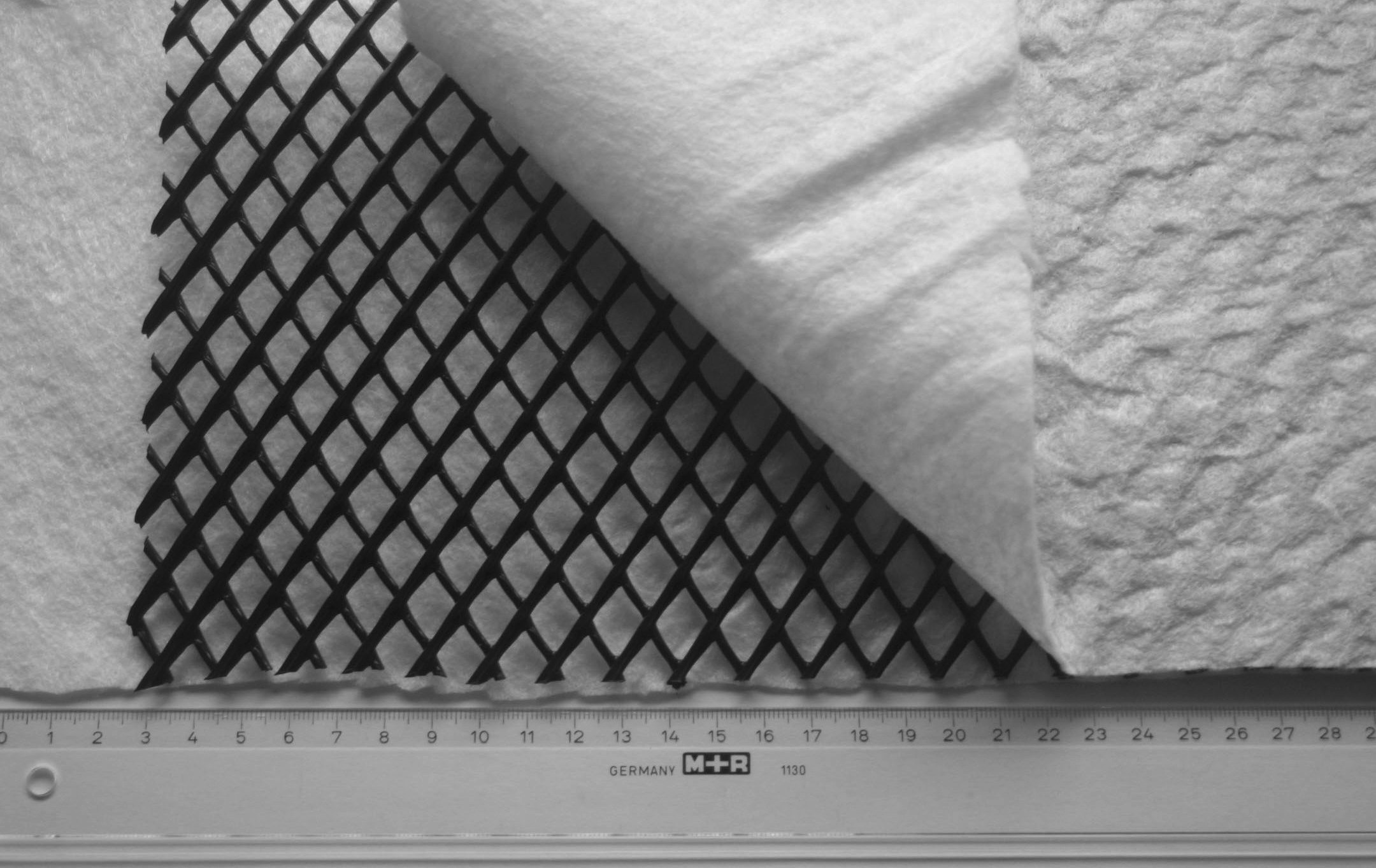
Geotextiles: A roadmap to better infrastructural developments
Today, the field of geotextiles has become highly sophisticated and specialised industry with technological innovation which prompted increased research and developments for advanced manufacturing with new types of raw materials to meet the new age demand, says Prof (Dr) P A Khatwani and Ayesha Ayazahmed Kazi.
Geotextiles are mostly permeable fabrics made from polypropylene or other synthetic materials, which are used in a variety of civil engineering and environmental engineering applications. They have proven to be versatile and effective materials for a range of applications, offering solutions for filtration, separation, drainage, reinforcement, and protection. This study provides the overview of the nature and types of geotextiles, their inherent characteristics and manufacturing methods for meeting the desired functions and applications.
- Introduction
The definition of geo-synthetics as per ASTM D4439 is “A planar product manufactured from polymeric material used with soil, rock, earth, or other geotechnical engineering related material as an integral part of a human-made project, structure, or system”.
Whereas geotextiles are permeable geo-synthetics made from textiles raw materials i.e. fibres, yarns or fabrics for achieving desired geotechnical applications. The first textiles deliberately as geotextiles used in civil engineering projects where textiles were placed under soil for landscaping and building projects to stabilize and reinforce the soil. Today, the field of geotextiles has become highly sophisticated and specialised industry with technological innovation which prompted increased research and developments for advanced manufacturing with new types of raw materials to meet the new age demands.
- Materials
2.1 Natural raw materials
Natural sources of textile materials are cotton, wool, silk, jute, ramie, sisal, coir, and other fibres taken from nature. Natural fibres that are found in cotton yarns, plied yarns, paper strips, jute nets, wood shavings or wool mulch are increasingly being utilised in manufacturing of geotextiles. Some bio-degradable natural geotextiles are deliberately manufactured to have relatively short period of life, where they should prevent soil erosion until vegetation has been properly established on the ground surface.

Figure 2.1: Narural Raw Materials: (a)Jute fibres; (b)Ramie fibres; (c)Wool mulch
2.2 Synthetics raw material
Mainly four types of synthetic polymers are being increasingly used and under manufacturing for various products of geotextiles are polyethylene, polypropylene, polyester and polyamides. Other synthetic fibers as high functional and high performance textile materials are emerging like carbon fibres, glass fibres and aramid fibres in the field of geotextiles to provide dimensional stability and other specialised characteristics for new and advanced areas of applications.

Figure 2.2 : Synthetic Materials (a) Polyester fibres; (b)Polyester granule; (c)Polyethylene filaments
3.Manufacturing methods:
The methods of manufacturing are the same traditional fabric manufacturing methods and processes of Textile manufacturing. We can categorise the geotextiles today based on their manufacturing processes
- Non-woven
- Woven
- Knitted
- Composite geotextiles
In above four categories, the non- woven are most commonly used materials of geotextiles due to its wide range of application areas. Woven geotextiles have limited applications. Knitted geotextiles show marginal use where woven & non- woven geotextiles cannot satisfy the particular need & have specialised applications. Newer types of geotextiles are emerging, combining the other three mentioned manufacturing processes & used with other types of geo-synthetics in multi-layered form or grouped together are called ‘Composites Geotextiles’.
3.1 Non-woven geotextiles:
These geotextiles are manufactured by bonding together of individual fibres (mono or multi-filaments) without spinning them into yarn. The fibres are entangled or interlocked together by thermal bonding, chemical bonding, mechanical entanglement or needle punching.
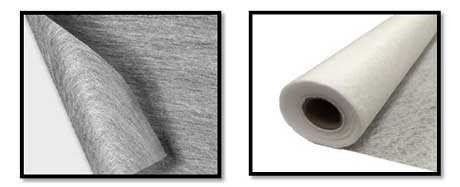
Figure 3.1: Non- woven geotextiles (a) Thermal bonded sheets, (b) Needle punched non-woven
3.2 Woven geotextiles:
Weaving is the process of interlacement of two or more sets of yarns or threads, fibres, filaments, strips, or other elements at right angles to each other to form a sheet of fabric known as woven fabrics. This process of interlacement of yarns depends on weave patterns that ultimately affects the quality of desired final fabrics. i.e. plain weave, satin weave and twill weaves. Due to their mostly impervious nature, they become ideal for separation and reinforcement applications.
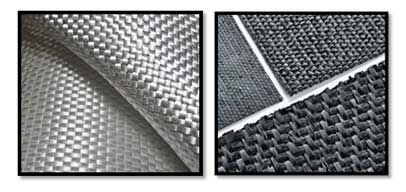
Figure 3.2: Woven geotextiles (a) Plain weave fabric; (b) different types of weave on fabric
3.3 Knitted geotextiles
The knitted geotextiles are made by interlocking a series of loops of yarn together. The knitting can be warp knitted or weft knitted. The loops are formed either in horizontal or vertical directions
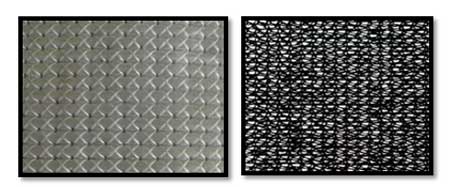
Figure 3.3: Knitted geotextiles (a) Warp Knitted fabric; (b) Weft knitted fabric
3.4 Composited geotextiles:
Geotextile composites are made by combining two or more sheets of geotextiles with other materials, such as concrete, asphalt, or reinforcement mesh, that create a hybrid compact layered material with enhanced performance characteristics and properties. Their manufacturing involves laying down a layer of geotextile material, followed by a layer of the additional material, and repeating this process until the desired thickness and properties are achieved. The layers are then usually compressed or held together with a binder, such as asphalt or a chemical adhesive.
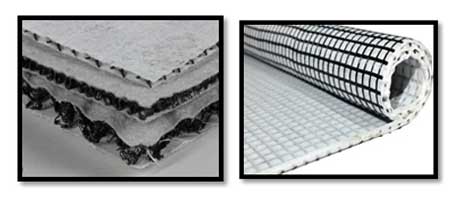
Figure 3.4: Geocomposites (a) Knitted +Nonwoven; (b) Non-woven+ woven
4. Functions of Geotextiles:
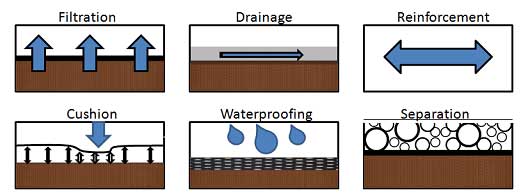
Figure 4: Various functions of Geotextiles
4.1 Separation:
Geotextiles can separate two different materials, such as soil and rock, to prevent them from mixing and help maintain the integrity of the structure.
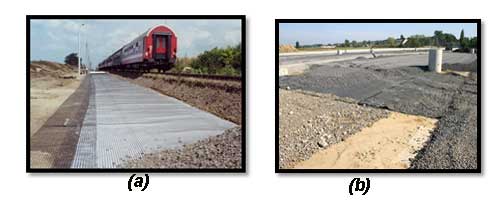
Figure 4.1: (a) Separation of individual layers with geotextiles fabric prevents the material from wandering off sideways at railway networks; (b) Woven geotextiles for separation at construction sites
4.2 Filtration
Geotextiles can be used in filter to allow water to pass through while retaining soil particles, preventing clogging of drainage systems and protecting water quality.
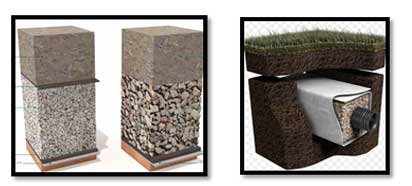
Figure 4.2: (a) Filtration in sand and gravels by geotextiles; (b)Filtration function by geotextiles
4.3 Drainage:
Geotextiles in drainage system help direct water and control its flow, allowing for more effective drainage and reducing the potential for soil erosion
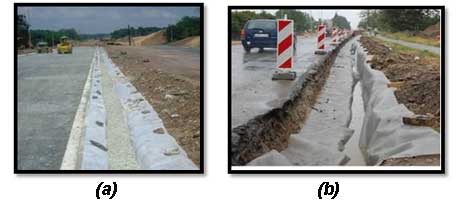
Figure 4.3: (a) Drainage function at road-side construction areas; (b) Geotextiles at pavement drainage;
4.4 Reinforcement
Geotextiles reinforces soil structures, such as retaining walls or embankments, providing additional strength and stability to the structure.
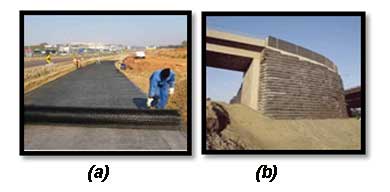
Figure 4.4: Reinforcement by geo-composites during road constructions; (b) Reinforcement by geo-nets for retaining walls
4.5 Protection:
Geotextiles protect surfaces from damage due to erosion, weathering, or other environmental factors
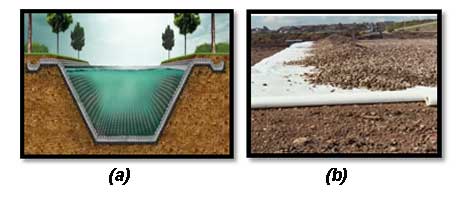
Figure 4.5: (a) Erosion Control at river banks, (b) Non-woven geotextiles for road embankment
5. Applications
5.1 Geocomposite
These are layered or grouped together structures of geo-synthetics, made from two or more types of geosynthetics like geotextile, geomembrane , woven geotextiles, geonets , geogrids layered one over another. Simply, they are combination of two or more geosynthetic material for desired application area.
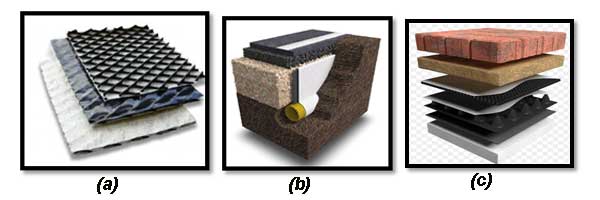
Figure 5.1: (a) Filteration; (b) Drainage ;(c) structural drainage
5.2 Geogrids
These are meshed like grid opened structure. The open spaces between the intersections of perpendicular ribs are called as the apertures. This aperture varies from 2.5 to 15cm approx. These apertures are the contributing factors for strength and stability in Geogrids. Geogrids are considered stiffer among other geo-synthetics due to the presence of these apertures as well. For geogrids, the strength at the junction of the cross-section is considered more important because the loads are transmitted from adjacent ribs through these junctions. Many a manufacturing choices are available for ribs making, like weaving & knitting and extrusion of polymer filaments to provide grid-like structures with open spaces between junctions.
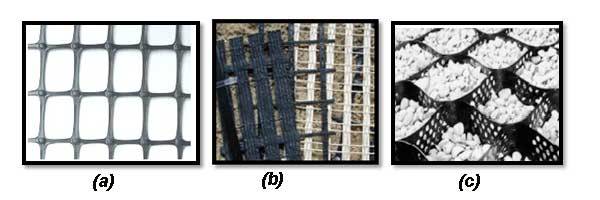
Figure 5.2: (a) Extruded geogrids ; (b) Knitted geogrids; (c) Geocel- geogrid like honeycomb
5.3 Geofoams
Geofoams are structures that are lightweight cellular plastics used in various construction applications as a fill material. Such geo-foams are typically made up of expanded polystyrene (EPS), which is a type of plastic foam that has a high strength-to-weight ratio. They are generally used in construction works site to provide a lightweight, strong and stable support material for structures and foundations. They are also used to reduce the load on underlying soils, to provide thermal insulation, or to create a level surface for construction. Common areas of applications of these geofoams are roadway construction, bridge abutments, retaining walls, and structures where weight reduction and stability are important determining factors. Some of the best uses of them are as a lightweight fill material for landscaping and to reduce the weight of roofs and floors in buildings or construction activities. They provide excellent compressive strength means they support heavy loads without deforming or settling over time.
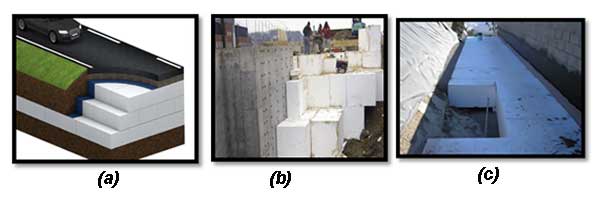
Figure 5.3: Geofoams (a) Road stability; (b) Construction works;
5.4 Geomembranes
Geomembranes are thin, flexible sheets of synthetic material used in multiple geotechnical engineering applications. They are made of high-density polyethylene (HDPE), polyvinyl chloride (PVC), ethylene propylene diene monomer (EPDM), or other polymeric materials, and they are specially designed to provide a barrier against liquids, gases, and other substances. They are used as liners or covers for containment structures of landfills, waste ponds, and storage tanks, in order to prevent leaks and contamination of surrounding soil and groundwater. They have many such other applications in Mining, Water management, agriculture and other engineering fields
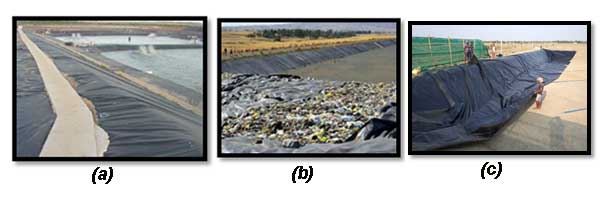
Figure 5.4: Geomembranes (a) Artificial lakes side; (b) Landfill site for leak protection; (c) LDPE pond liner
5.5 Geonets
Geonets are typically made of a high-density polyethylene (HDPE) or polypropylene (PP) material and have a three-dimensional, grid-like structure. They are designed in such a way to improve the performance of soil and other construction materials to provide drainage, filtration, and separation characteristics. In void spaces of their structures they help in retaining soil particles and other materials.
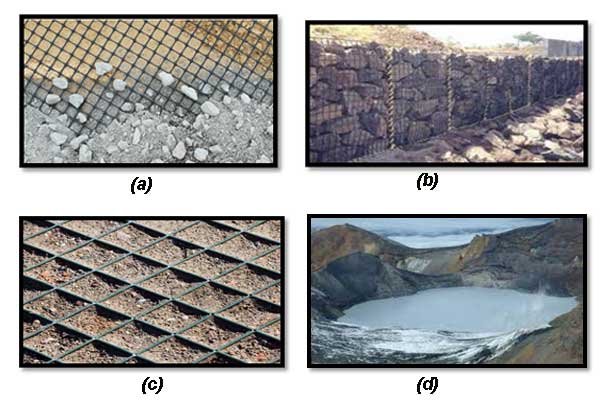
Figure 5.5: Geonets (a) Protection from small gravels; (b) Containment; (c) Uneven rocky ground for stabilisation; (d) Covering the mountains from volcanic gas emissions & volcanic tremors
5.6 Geopipes
Geopipes are typical plastic pipes with a range of diameters and lengths, generally made from materials like high-density polyethylene (HDPE) or Polyvinyl chloride (PVC). Its uses range from drainage, gas or water supply, to environmental protection and other fields where protection and containments are required. In drainage purposes, it controls water flow in embankments or roadways. Geopipes also play significant role in protecting water sources and environment from contamination by carrying hazardous waste or other substances to designated disposal areas. Typically manufactured with smooth interior and corrugated exterior surfaces to facilitate the flow of fluids, and they can be joined using different techniques such as butt fusion, electro-fusion, or mechanical couplings. The use of geopipes can offer several advantages over traditional drainage systems, including reduced installation and maintenance costs, improved performance, and increased lifespan.

Figure 5.6: Geopipes (a) For water flow control; (b) Underground water pipe lines
5.7 Geotextiles:
As mentioned before in the paper, Geotextiles are a type of geosynthetics material that is used in civil engineering and construction projects for soil stabilization, erosion control, and drainage management. The raw materials are synthetic fibres or natural source. They are obtained by woven or non-woven or knitted fabric manufacturing techniques.

Figure 5.7: (a) Woven geotextiles; (b) Non-woven geotextiles; (c)Knitted geotextiles; (d) high strength woven geotextiles for stabilisation and reinforcement
5.8 Geo-synthetic clay liner (GCL):
GCL is used for lining and capping purposes, such as in landfills, mining operations, and environmental containment systems. Composed of a layer of bentonite, a type of clay mineral that expands when into contact with water, and sandwiched between two geotextile layers. The bentonite layer provides a barrier impermeable to water, while the geotextile layers provide stability, strength, and protection. They are better alternative to traditional clay liners because they are more efficient and easier to install and offer a higher resistance to puncture and damage, better hydraulic conductivity. GCL can provide a lower cost solution compared to traditional clay liners. They can also provide flexibility in design and can be customized to fit specific project requirements.
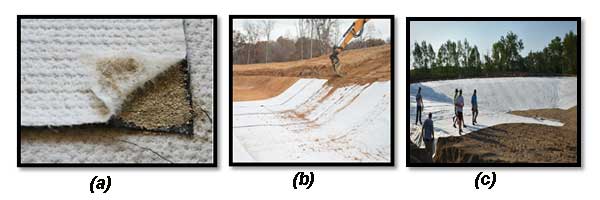
Figure 5.8: (a) sample of GCL; (b) GCL for containment and stability of soil; (c) Installation of GCL
6. Results & discussions:
Geosynthetics in itself is a big world of multiple tools and equipments that can be equipped by engineers and scientists for innovative ideas and developments in order to replace the mediocre technologies & equipments to make way for sophisticated technologies with less harm to environment, earth and connected natural resources. In short, geosynthtics with right mix of manufacturing techniques, raw materials for required application can prove to be boon in the form specialised select geo- mechanical structures for better, easier and cost effective results. Since the Asia pacific regions are the major manufacturing hubs for the global market, the graphical representation shows that the geotextiles market size is expected to increase dramatically the Asia pacific regions. Overall the global market demand rise is inevitable in view of geotextile inherent potential to meet the wide range of engineering & scientific requirements.
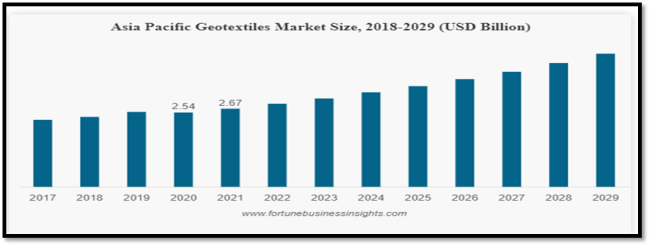
Figure 6: Asia Pacific Geotextiles Market Size Forecast
7.Conclusion
It has been very much clear to one and all that now-a-days the usage of geotextiles is found to be the backbone of all latest infrastructural developments across the globe. It is very easy to design & develop the geotextiles in the way we want to meet with any of the requirements of any of the infrastructural projects.The various types of geo-synthetics like geotextiles, geomembranes, geocomposites are answers to many of the long, tedious and bulky structures we use today in many of geotechnical works. The new age research mechanisms should combine, adopt and develop these geo-technologies to get the kind of products and materials not yet explored and should draw such projects operational on field for required results.
References:
- Koerner, R. M., Designing with Geosynthetics, Third edition, Prentice Hall, 1993.
- ASTM (1994), Annual Books of ASTM Standards, American Society Testing and Materials, Philadelphia, Pennsylvania. Volume 4.08 (1), Soil and Rock, Volume 4. No. (8), Soil and Rock, Geosynthetics, Volume 7, No. 1, Textiles.
- Robert M.Koerner, Book on ‘Geotextiles from Design to Applications’, Woodhead Publishing Series of Textiles: Number 175, 2016.
- Taylor & Francis, by Sanjay Kumar Shukla, Book on ‘Introduction to Geosynthetic Engineering’,2016
- Jonathan T.H Wu, Book on ‘Geosynthetics Reinforced Soil Grs Walls’, Wiley, 2019
- G.L.S Babu, ‘An Introduction to Soil Reinforcement and Geosynthetics’, 2006
- S. Sundaresan , K. Thangamani , ‘Fabric Manufacturing Technology’ 1st Edition 2022 Hardbound by, CRC Press, 2022
- Gokarneshan, N., Fabric Structure and Design, New Age International (P) Ltd., Publishers, 2020
- Official website of Ministry of Textiles, Govt. of India: www.texmin.nic.in
- www.theconstructor.org
About the author: Prof (Dr) P A Khatwani is the Senior Professor of the Department of Textile Technology, Sarvajanik College of Engineering & Technology, Surat affiliated with Gujarat Technological University, Ahmedabad.
Ayesha Ayazahmed Kazi is the Research Scholar of the Gujarat Technological University, Ahmedabad.




